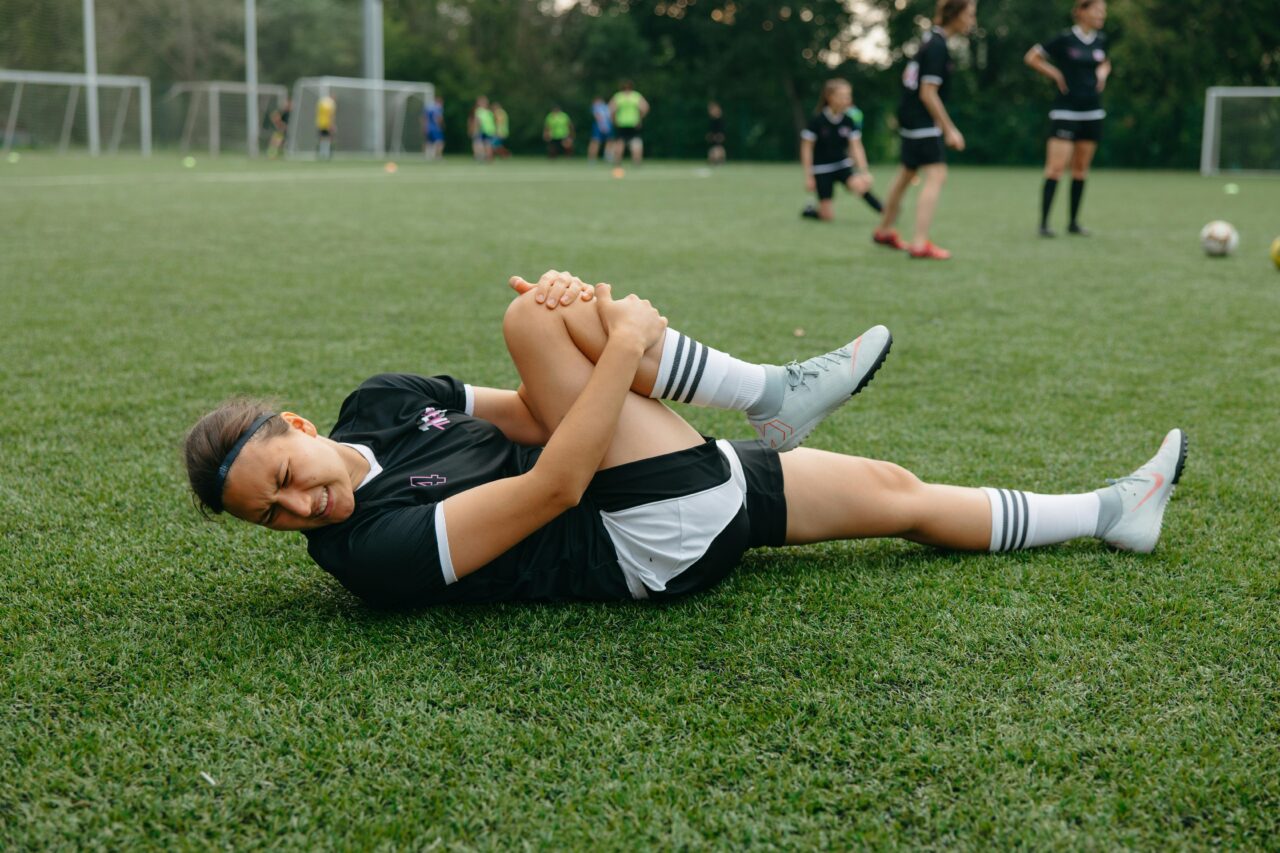ACL injuries are one of the most devastating injuries for any athlete. Athletes often experience the sudden loss of identity, as well as, their daily and athletic function. They face a long, challenging recovery, including Physical Therapy, after surgery. The 9 month post operative period before their return to competitive sport is challenging and requires a daily effort guided by their Physical Therapist to regain lost range of motion, strength, balance, and athletic ability. Although the injury is a significant negative event, in my experience working with these athletes, a silver lining can appear when framed through the appropriate lens.
- Rest and Recovery – An ACL injury can provide an opportunity for the athlete to rest and recover from either a demanding training schedule or chronic/acute injuries. Often athletes neglect nagging injuries due to the pressure to practice and compete each week. This downtime after the injury can allow for an appropriate rehabilitation period of these older injuries. Importantly, addressing the precipitating or perpetuating factors currently influencing their symptoms.
- Risk Reduction – ACL injuries may have occurred due to predisposing risk factors including muscular weakness or abnormal mechanics. The Physical Therapy program allows for the correction of these impairments, muscle imbalances, and biomechanics over time. Helping to reduce the risk of future injury to the surgical site or adjacent areas involved in their sport. A thorough and well designed rehabilitation program often produces a better athlete. An stronger, mobile, and more powerful athlete who was built up from square 1 after surgery.
- Performance – Rebuilding an athlete from square 1 is one of the most rewarding parts of the job as a Physical Therapist. Athletes who complete their rehabilitation often state they feel stronger and more powerful with sport specific movements compared to before the injury. The incorporation of advanced strength training and plyometric jumping programs provides the athlete with an incredible foundation to improve performance on the field or court.
- Mental Toughness and Resiliency – All athletes who sustain a significant athletic injury learn a lot about themselves over the recovery period. In particular, they are tougher and stronger than the initially expected. They will either find underutilized tools and abilities within themselves or gain new techniques for overcoming adversity and challenges. The old coach’s saying on the most important inches of any game are found between an athlete’s ears come front and center. Combining this new found mental strength with their physical development creates a more well rounded, higher performing resilient athlete.
- Connections – We all get through our toughest times in life by leaning on our close friends and family. Each athlete who sustains an injury quickly finds out the strength of their network. Parents, siblings, friends, teammates, coaches, physicians, athletic trainers, and Physical Therapists develop a strong team helping athletes throughout their return. Athletes begin to see individuals in their circle through a different lens and learn to ask for help or assistance. Finally, I have seen countless high school and college athletes who seek out a career in healthcare after an injury. Possibly due to exposure to a healthcare profession and/or the desire to help the next athlete back to their goals.
Click Here to schedule your next appointment with the experts at MEND

